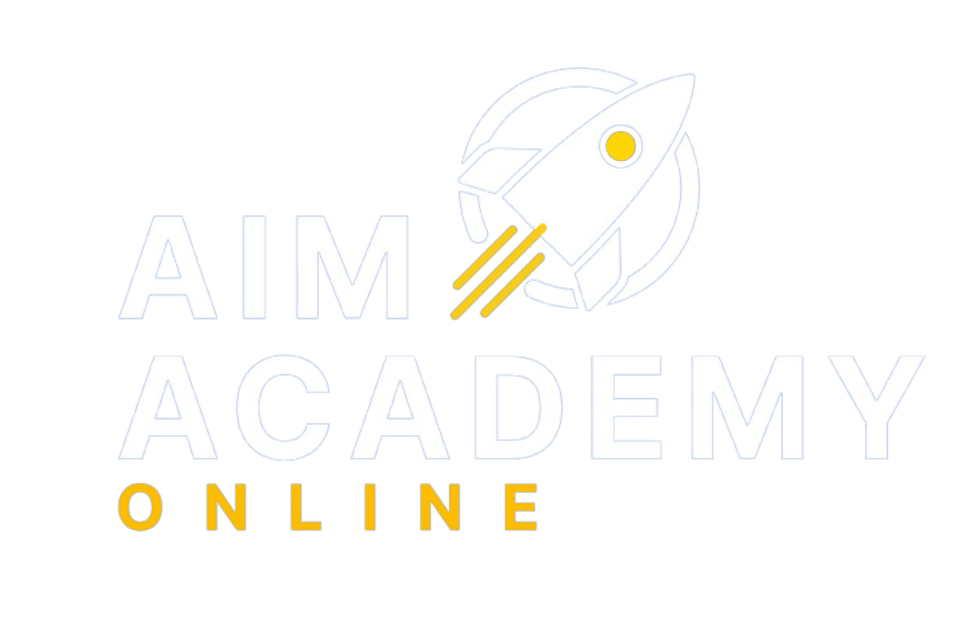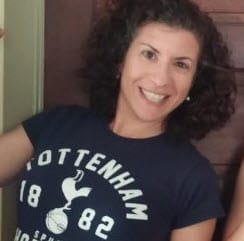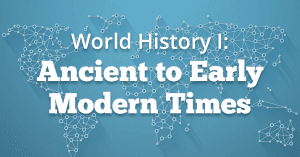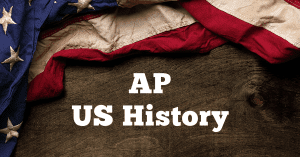Course Description
This live, graded world history class traces the social, economic, and political development of empires and nation-states, as well as the growth of important ideas and technology from the 1600s through recent times. Live class sessions will cover both non-Western societies (like China, Korea, Japan, India, and sub-Saharan Africa) as well as Western societies (like international affairs involving Europe and the United States). The roles of technology and scientific discoveries are significantly featured.
Outside of class time, students complete lessons focused on particular topics in Modern World History (either audio-visual or text-based, depending on learning style), deepen their understanding of world geography, learn how to interpret primary documents, and delve deeper into related topics of their choosing. Monthly quizzes based on live class sessions and weekly history lessons encourage the students to synthesize the historical content they are encountering. Students are given two chances on every monthly quiz.
Each student will master much historical content. They also have plenty of opportunities to think critically about what they are learning. Our time together is built around questions that I pepper throughout our live sessions. For example:
- When we discuss the development of independent Central and South American countries, I ask, “If a society decides it wants to have a revolution, do the rich, the middle class, or the poor tend to lead the revolution, and why do you think this is?”
- When we’re talking about World War II From Japan’s Point of View, I ask: “What can a military do to increase its chances of success if it knows that war with another country is inevitable?”
- When we’re talking the Cold War, I ask: “Why would the US and other winners of WWII decide to treat its conquered enemies, Germany and Japan, well once the war was over?”
Student contributions get woven in meaningful ways into the class material. My aim is to make the course as interactive and thought-provoking as possible. I’m also interested in all of us having a good time together while we learn history. From the feedback I’ve received over the years from parents and students, I am confident that I’ve been able to create a class environment where we have a lot of fun while exploring the past and improving critical thinking skills.
Course Structure
The course is built on a pattern of eight Units, each containing four weeks: Week A, B, C, and D. Certain assignment types fall dependably on particular weeks so that students and parents can rely on a regular, repeated schedule of work throughout the year.
Live class sessions are designed to engage students at different levels. Homework assignments are designed to meet the needs of the average student. However, for families who wish a more challenging, honors-level course, additional homework and testing expectations can be added to the course. Parents simply have to contact me to opt their students into the honors-level track. For the typical student, weekly workloads should average about 4 or 5 hours.
For families who are interested in a more detailed example of how our live sessions tend to operate, please click on this link to watch a 20 minute compilation of four short excerpts from a Modern European History class on World War I.
Honors Level
Students at the honors level in World History II do a significant project each semester, with detailed instructions provided for them. For each semester, students choose from a list of pre-approved books that focus on a particular issue or event in Modern World History. They will write a paper based on their book choice, demonstrating the ability to write a thesis and use textual evidence from the book to write the thesis. Students may opt into writing a first draft to receive feedback before submitting their final draft near the end of each semester. In addition, students at the honors level also read about 4 extra lessons each month. They need to take notes on those lessons. The notes should be detailed enough to act as a study aid if a test were given. They also need to generate at least one good historical research question based on the information in each lessons. There will not be additional quizzes or exams for honors level, unless a parent opts into a midterm and final for the student to take. If a student signs up for honors level at the beginning of the year through Aim Academy, but at some point later in the year needs to drop to the regular level, that can be done with no grade penalty.
Who should enroll?
This course is primarily for 9th-12th graders, although parents of mature 9th graders can contact me about the possibility of their son/daughter joining. We cover some tough material in World History II, and although I try to avoid going into too much detail about some topics, I also don’t ignore troubling realities.
Technology Requirements
- High speed, broadband Internet
- Sound card and microphone (for live sessions)
- Streaming video capabilities to watch recorded lectures
Evaluation and Feedback
The course is designed to improve critical thinking and historical reasoning skills particularly during our live class sessions. Regular homework assignments promote mastery of content.
Communication
Parents and students are encouraged to contact me through the Canvas messaging system. Generally speaking, I respond within one business day.








Reviews
There are no reviews yet.